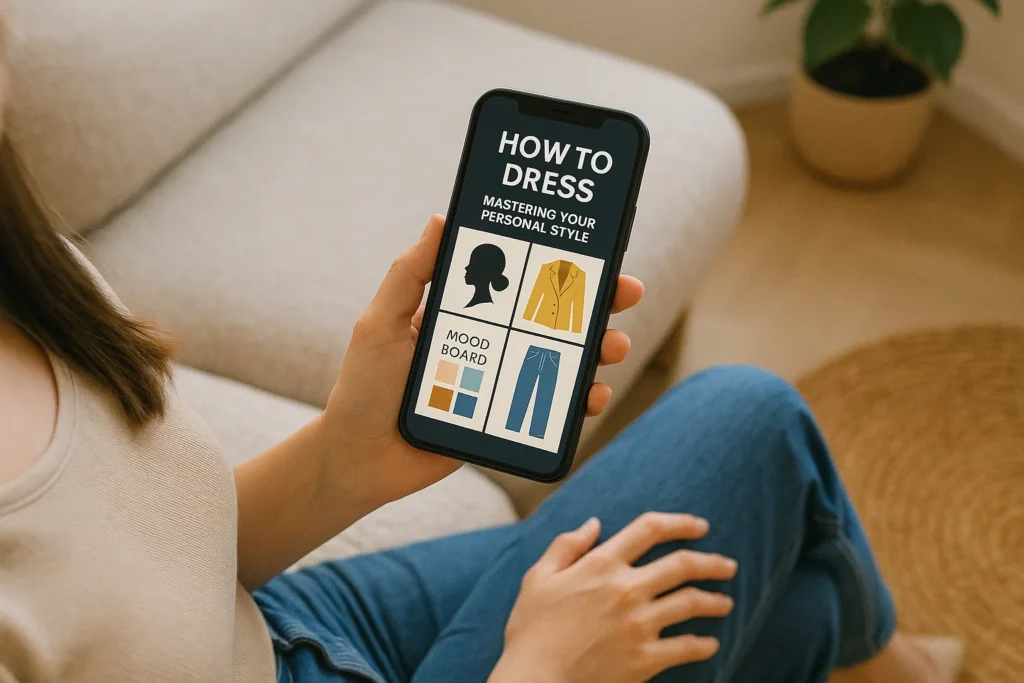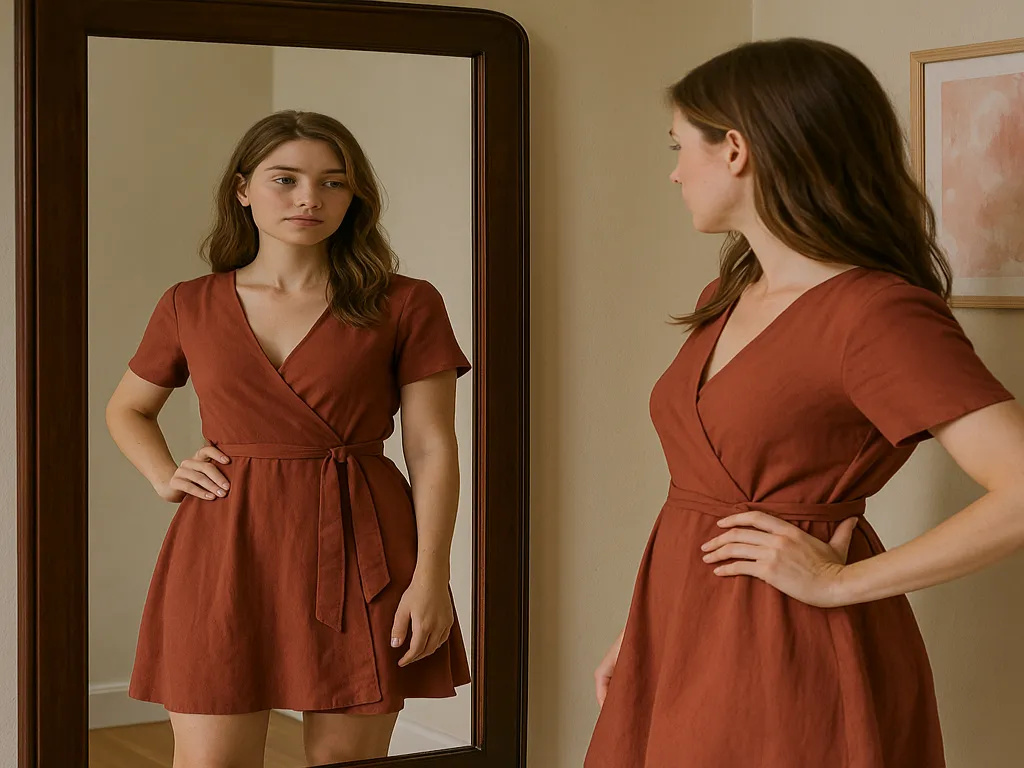When facing a court appearance, the way you present yourself can significantly impact the perception of the judge and jury. Understanding how to dress to court is not just about following a dress code; it’s about making a statement that reflects your respect for the legal system and your seriousness regarding the matter at hand. In this guide, we will explore the essential elements of court attire, providing you with practical tips and insights to ensure you look your best on your important day.
Understanding the Importance of Court Attire
Your appearance in court can affect the outcome of your case. A well-thought-out outfit can convey professionalism, respect, and credibility. Conversely, inappropriate attire may lead to negative perceptions. Here are some reasons why dressing appropriately is crucial:
- First Impressions Matter: Judges and juries often form initial impressions based on appearance.
- Respect for the Court: Dressing appropriately shows you take the proceedings seriously.
- Confidence Boost: Wearing the right outfit can enhance your confidence and composure.
Key Elements of Court Attire
When considering how to dress to court, focus on the following key elements:
1. Choose Appropriate Colors
Color plays a significant role in how you are perceived. Opt for neutral colors such as navy, gray, or black, which convey professionalism. Avoid overly bright or flashy colors that may distract from the proceedings.
2. Fit and Tailoring
Ensure that your clothing fits well. Ill-fitting clothes can appear sloppy and unprofessional. Tailored outfits not only enhance your appearance but also boost your confidence.
3. Style Choices
Consider the following style choices when selecting your outfit:
- For Men: A well-fitted suit, dress shirt, and tie are ideal. Ensure your shoes are polished and appropriate.
- For Women: A tailored dress, skirt suit, or pantsuit works well. Pair it with closed-toe shoes for a professional look.
4. Accessories Matter
Keep accessories minimal and professional. A classic watch or simple jewelry can enhance your outfit without overwhelming it. Avoid any accessories that may draw unnecessary attention.
Practical Tips for Dressing for Court
Here are some practical tips to keep in mind when planning your court attire:
- Research the Court’s Dress Code: Different courts may have varying expectations regarding attire. Check the court’s website or call ahead to ensure compliance.
- Plan Ahead: Choose your outfit in advance to avoid last-minute stress. Ensure everything is clean and pressed.
- Consider Comfort: While looking professional is important, ensure that your outfit is comfortable enough to wear for an extended period.
- Avoid Casual Wear: Steer clear of jeans, t-shirts, and sneakers. These items can be perceived as disrespectful.
Common Mistakes to Avoid
When deciding how to dress to court, be mindful of these common mistakes:
- Overdressing: While it’s essential to look professional, overdressing can sometimes come off as insincere.
- Neglecting Grooming: Personal hygiene and grooming are just as important as your outfit. Ensure your hair is neat and your nails are clean.
- Wearing Distracting Patterns: Avoid busy patterns that can take attention away from your case.
Frequently Asked Questions (FAQ)
What should I wear to court if I’m not sure about the dress code?
If you’re uncertain, it’s best to err on the side of caution. Opt for business casual attire, such as slacks and a collared shirt for men, or a blouse and dress pants for women.
Can I wear jeans to court?
Generally, it’s advisable to avoid jeans unless you are certain that the court allows them. Always aim for more formal attire to make a good impression.
Are there specific colors I should avoid?
Bright colors and flashy patterns should be avoided as they can distract from the proceedings. Stick to neutral tones for a more professional appearance.
How can I ensure my outfit is comfortable for a long day in court?
Choose breathable fabrics and ensure your clothing fits well. Consider wearing shoes that you can comfortably stand and walk in for extended periods.
Is it necessary to wear a tie or formal shoes?
While not always mandatory, wearing a tie and formal shoes is highly recommended for men. For women, closed-toe shoes are often preferred.
In summary, understanding how to dress to court is vital for making a positive impression. By following these guidelines, you can present yourself in a manner that reflects your seriousness and respect for the legal process. Remember, your attire is an extension of your attitude towards the case, so dress accordingly. Prepare in advance, choose your outfit wisely, and walk into that courtroom with confidence.
I’m Gabriela Araújo, a Brazilian-Canadian passionate about fashion, beauty, and well-being. With a background in Nutrition and over a decade of blogging experience, I bring a balanced and authentic approach to inspiring confidence and elegance in women. Proud dog mom, nature lover, and a fan of great music, movies, and cooking, I believe every detail matters in finding your best self.


